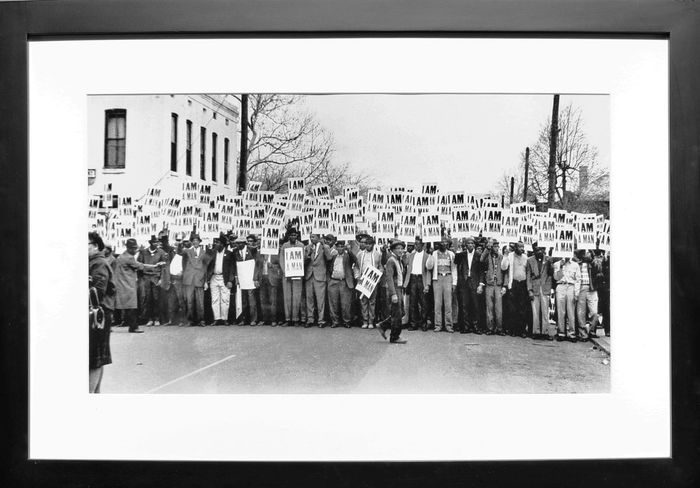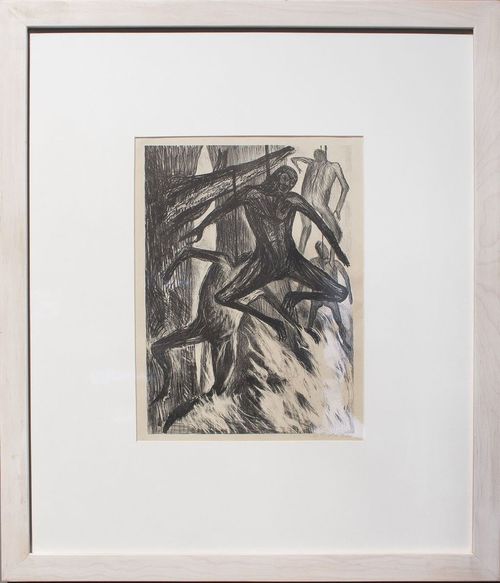Of the many forms of discrimination that are typical of the contemporary world, racism is distinguished by its basis in the differences between different human groups, whose features – such as skin color or hair shape – have been defined as constituting a race and are then converted into signs of inferiority or superiority. A clear example of this can be seen in the history of the United States, where slavery was based on the idea of the black inferiority, an idea that persisted after its abolition in 1864 with the passage of laws that prevented them from using public spaces, enrolling in college and, up until a few decades ago, requiring them to cede their seat on the bus to whites. The repeal of these laws did not end racism, whose institutional expressions became more subtle, but it nevertheless remains intense in its social manifestations.
The prevailing racism the United States can serve as a reference to identify some of its more evident traits: spatial segregation, inequality before the law (prisons are disproportionately full of African-Americans), police brutality, the violation of the most elemental human rights, the low quality of the schools in certain neighborhoods, a lack of job opportunities, greater obstacles in terms of personal development and the way in which African-Americans are seen and the characteristics that are attributed to them: violent, lazy, conflictive and stupid, as can be seen in the movies – that is, when they’re not simply assigned secondary roles. Two distinct fates for people of the same nationality, sharing the same territory.
Strange Fruit
One fundamental trait of racism is inequality before the law. Lynching, a common practice in the southern United States, is illustrative due to the regularity with which it was practiced. Whenever a crime was committed, the enraged white community found it easy to blame an African-American and then immediately whipped him, hung him, burned him. This was a public spectacle in which even children were present. Images of African-Americans hanging from a tree – strange fruit, as memorably depicted in the Billie Holiday song -, even circulated on postcards.
The Mexicans who lived in the United States, who were likewise discriminated against, just as they are today, were also lynching victims, as can be seen in the photographic record. African-Americans were able to stop this practice thanks to their organization in social movements, legal battles and countless protests. The struggle for civil rights, access to universities and equality before the law reached new heights in the 1960s under the leadership of Martin Luther King, Jr., who was assassinated in 1968, and it has not let up to this day. The contemporary Black Lives Matter movement shows that demands for equality and the need to fight the racism in American society are just as relevant today.
 Ernest Whiters, I Am a Man, Sanitation Workers’ Strike, 1968, Digital Print, Ernest Whiters Archive.
Ernest Whiters, I Am a Man, Sanitation Workers’ Strike, 1968, Digital Print, Ernest Whiters Archive.
 Stephen Caton, Black Lives Matter, 2015, Digital Print.
Stephen Caton, Black Lives Matter, 2015, Digital Print.
 Mauricio Gómez Morín. Segregation Sign in the United States, Undated, Acrylic and Tar on Wood, César Carrillo Trueba (Facultad de Ciencias de la UNAM) Collection.
Mauricio Gómez Morín. Segregation Sign in the United States, Undated, Acrylic and Tar on Wood, César Carrillo Trueba (Facultad de Ciencias de la UNAM) Collection.





